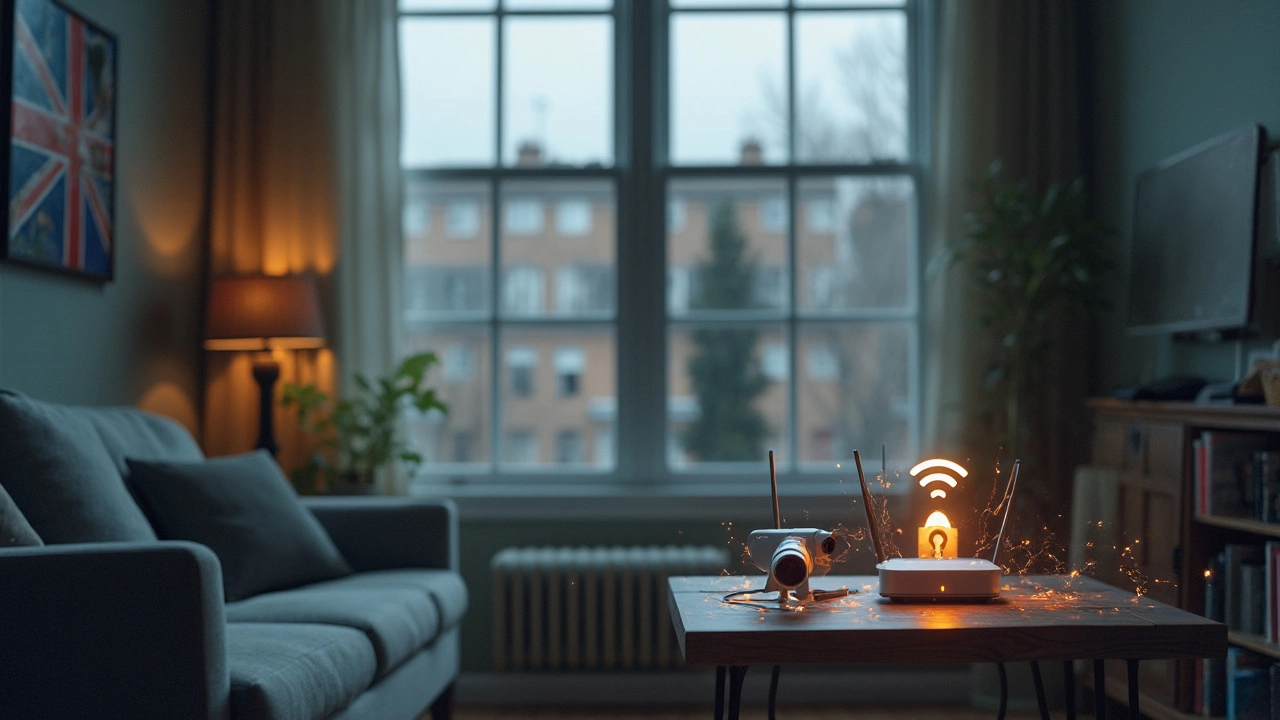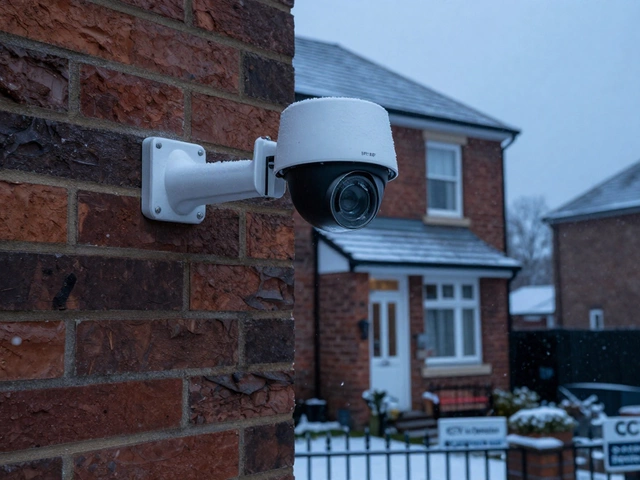WPA Explained: How to Secure Your Home Wi‑Fi Quickly
If you’ve ever set up a router, you’ve probably seen the term WPA pop up. It stands for Wi‑Fi Protected Access, and it’s the key to keeping your internet safe from nosy neighbours, hackers, and even unwanted snoops from the street. In plain English, WPA is the lock on your Wi‑Fi door. Without it, anyone with a laptop can walk right in.
Why WPA, WPA2 and WPA3 Matter
Older routers used WEP, a weak lock that anyone could pick with a free tool. WPA replaced that in 2003, adding stronger encryption. Then came WPA2, which most homes still use today – it encrypts data with AES, making it practically uncrackable for casual attackers. The newest version, WPA3, is even tougher. It forces a fresh password each time a new device connects, so even if someone steals a password, they can’t reuse it later.
Why should you care? If you have smart doorbells, video cameras, or baby monitors that rely on Wi‑Fi, a weak lock puts every video feed at risk. A burglar could watch your camera feed or even disable it. It’s the same with Wi‑Fi jammers – they can’t block a network that’s using WPA3’s built‑in protection.
Setting Up the Right WPA on Your Router
First, log into your router’s admin page. Look for the Wireless Security or Wi‑Fi Settings section. Choose WPA2‑Personal (AES) if your router doesn’t list WPA3 – it’s the safest bet for most devices. If WPA3 is available, select it; the router will guide you through a simple setup.
Next, create a strong password. Aim for at least 12 characters, mixing letters, numbers and symbols. Avoid obvious words like “password” or your address. Write it down, or use a password manager – don’t store it in a plain‑text file on your laptop.
Finally, apply the changes and reboot the router. All your devices will need to reconnect using the new password. Modern devices, especially newer phones and smart home gadgets, will automatically switch to WPA3 if it’s offered.
Pro tip: Keep your router’s firmware up to date. Manufacturers often release security patches that improve WPA handling. Check the vendor’s website or use the auto‑update feature if it’s there.
With WPA set correctly, your smart home devices – from video doorbells to baby monitors – stay locked down. You’ll also enjoy faster, more reliable connections because WPA2/3 use efficient encryption that doesn’t bog down your network.
Got a Wi‑Fi security camera that keeps dropping signal? It might be fighting interference from a neighbour’s network. Switch to a less‑crowded channel and make sure the camera is set to WPA2‑AES. That combination gives you both range and protection.
Remember, security is a habit, not a one‑off task. Review your Wi‑Fi password every six months, delete devices you no longer use, and double‑check that WPA3 is still enabled after any router upgrade. Simple steps, big peace of mind.
Bottom line: WPA is the basic lock, WPA2 is the solid deadbolt, and WPA3 is the high‑tech smart lock. Choose the strongest version your router supports, use a strong password, and keep firmware fresh. Your smart home, baby monitor, and even your streaming devices will thank you for the extra layer of safety.






